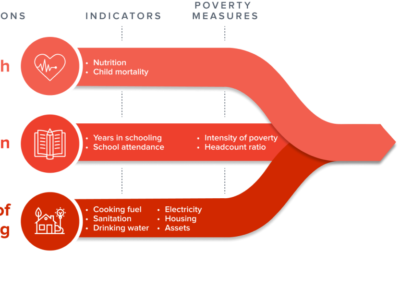Every year, authors, journalists, teachers, researchers, schoolchildren and students ask World Food Programme (WFP) about hunger statistics and malnutrition. To help answer these questions, WFP compiled a list of useful facts and figures on world hunger.

1. 842 million people in the world do not have enough to eat. This number has fallen by 17 percent since 1990.
2. The vast majority of hungry people (827 million) live in developing countries, where 14.3 percent of the population is undernourished.
3. Asia has the largest number of hungry people (over 500 million) but Sub-Saharan Africa has the highest prevalence (24.8 percent of population).
4. If women farmers had the same access to resources as men, the number of hungry in the world could be reduced by up to 150 million.
5. Poor nutrition causes nearly half (45%) of deaths in children under five – 3.1 million children each year.
6. One out of six children — roughly 100 million — in developing countries is underweight.
7. One in four of the world’s children are stunted. In developing countries the proportion can rise to one in three.
8. 80 percent of the world’s stunted children live in just 20 countries.
9. 66 million primary school-age children attend classes hungry across the developing world, with 23 million in Africa alone.
10. WFP calculates that US$3.2 billion is needed per year to reach all 66 million hungry school-age children.
Right now, WFP is providing life-saving food to families in Central African Republic, South Sudan and Syria. When emergencies strike, hunger often follows. Make a lifesaving donation today!






